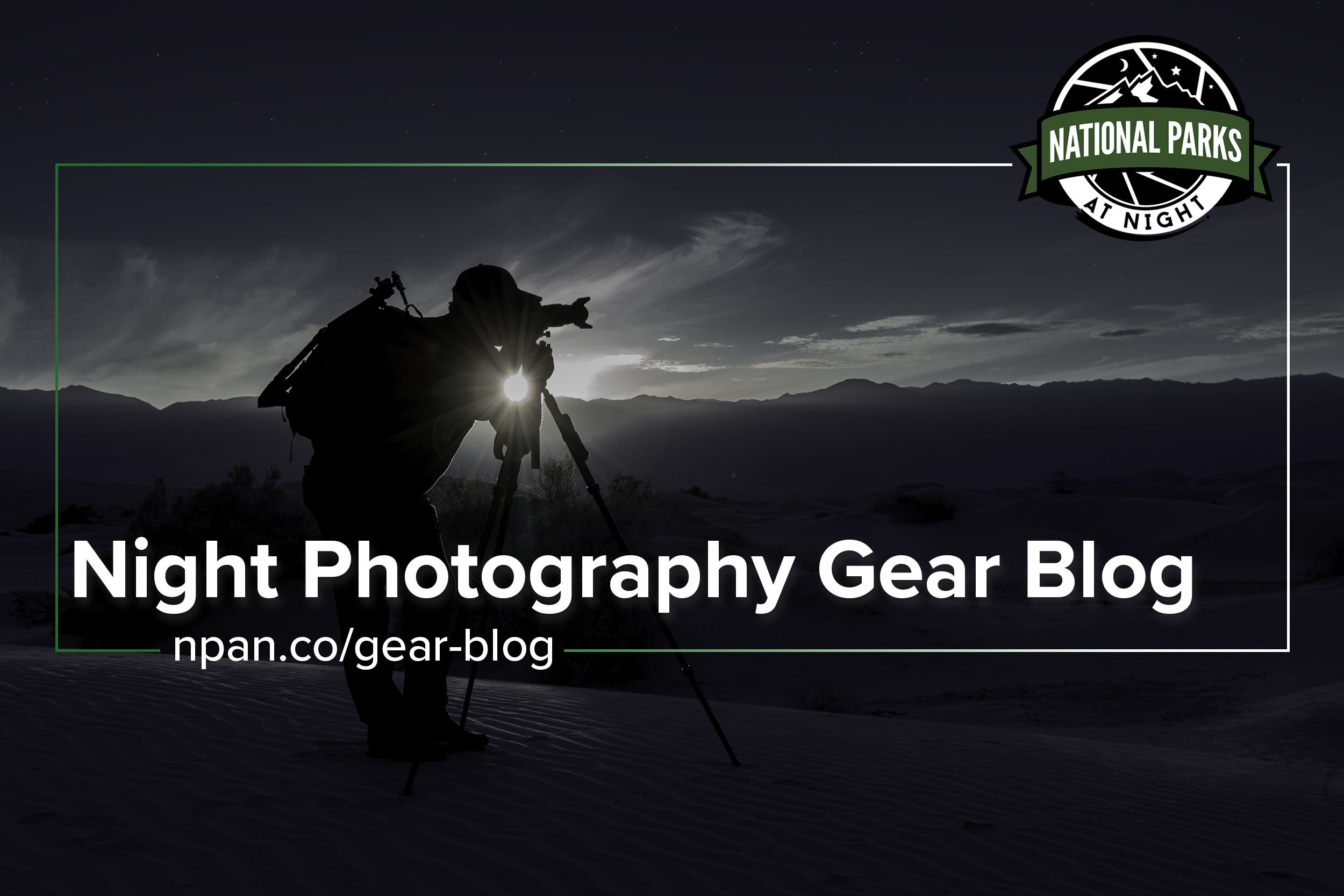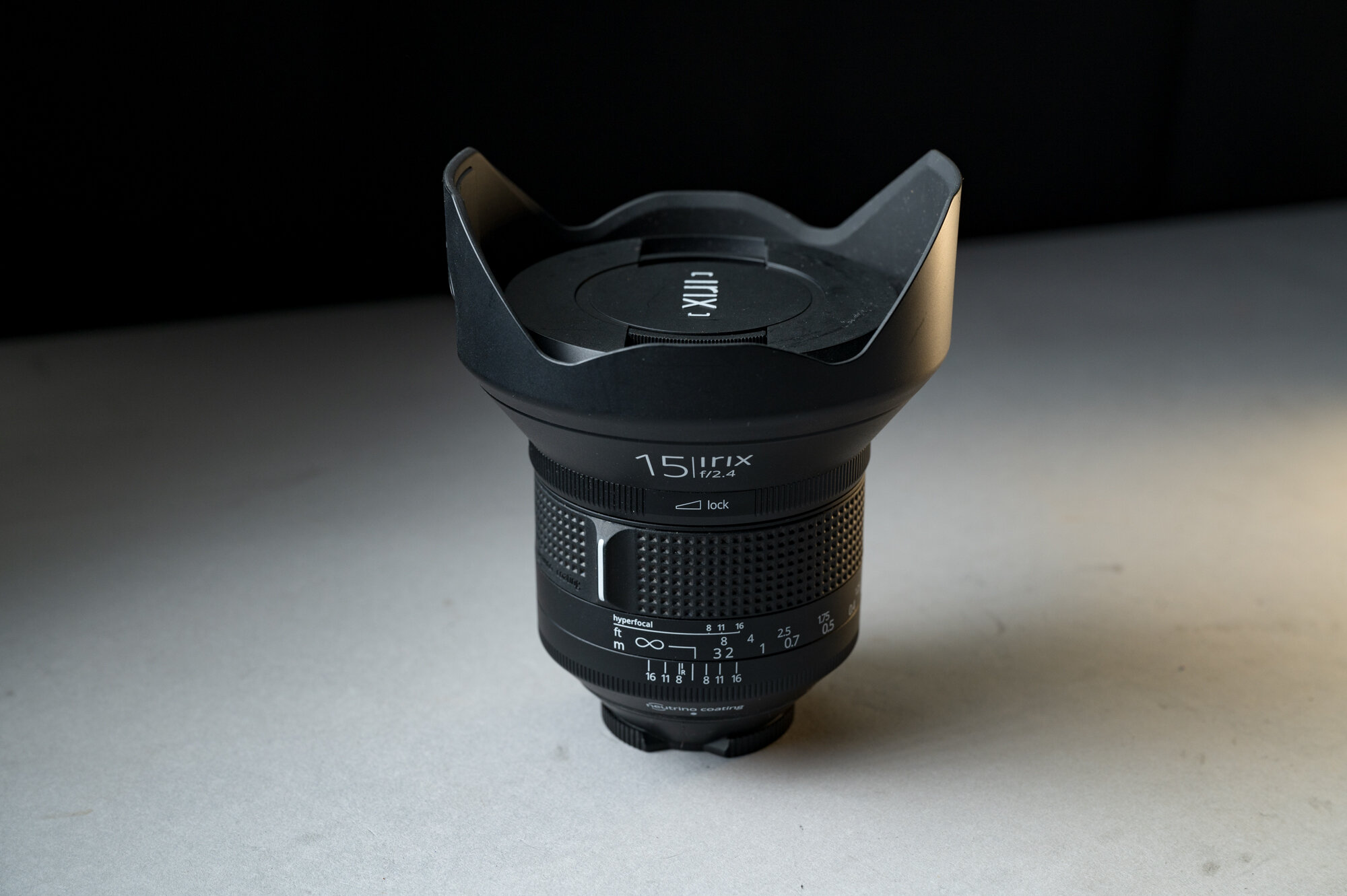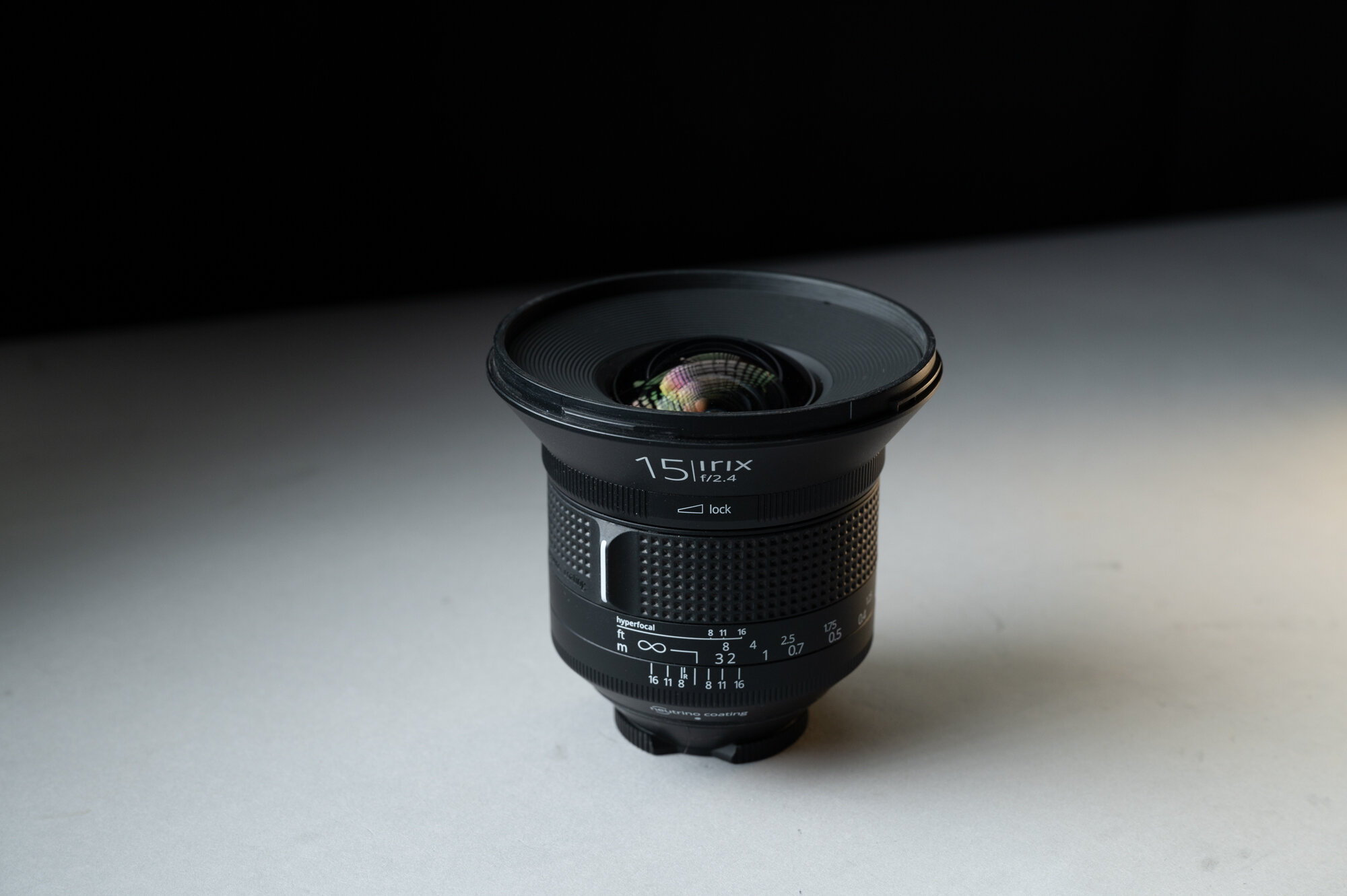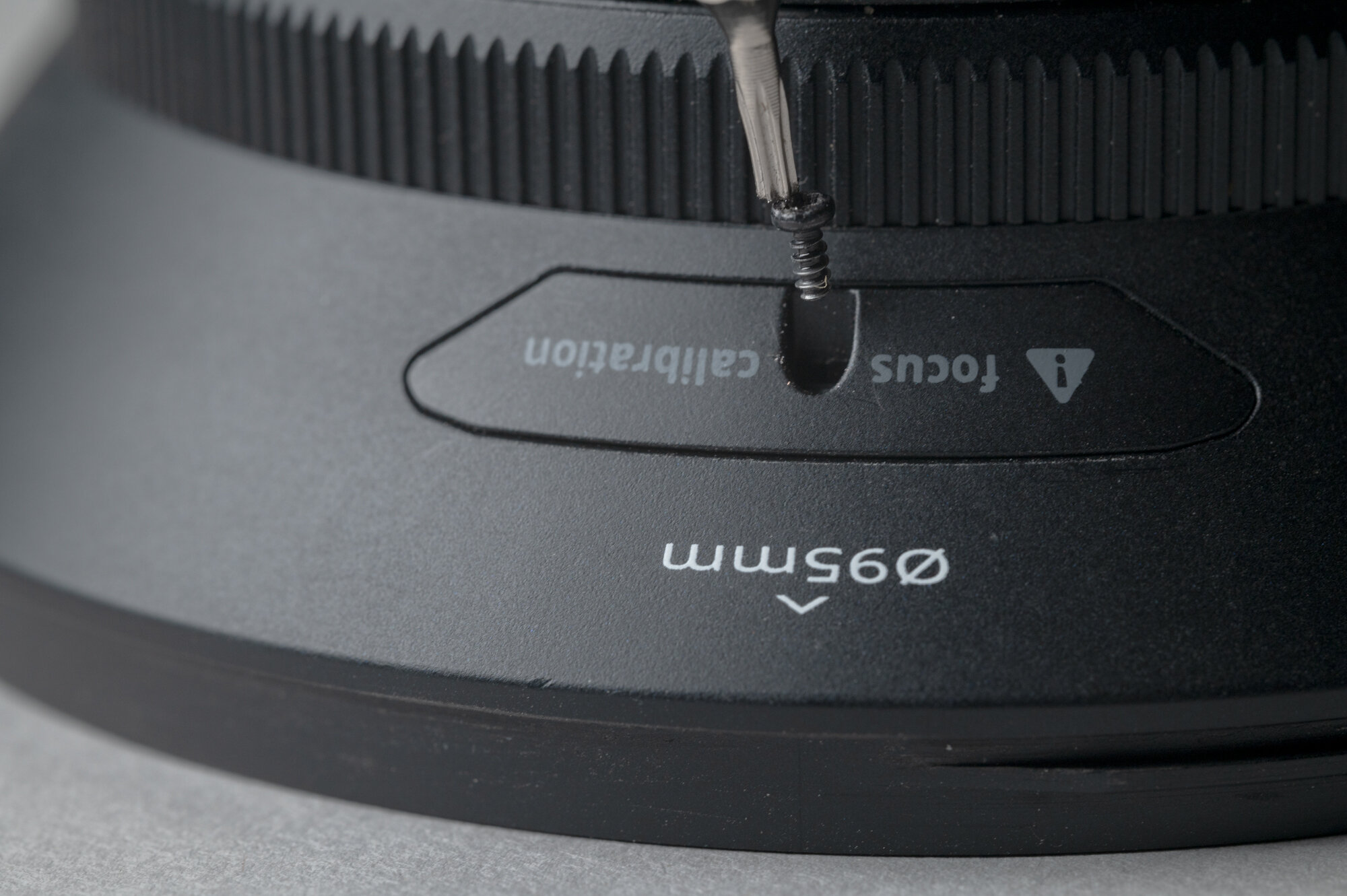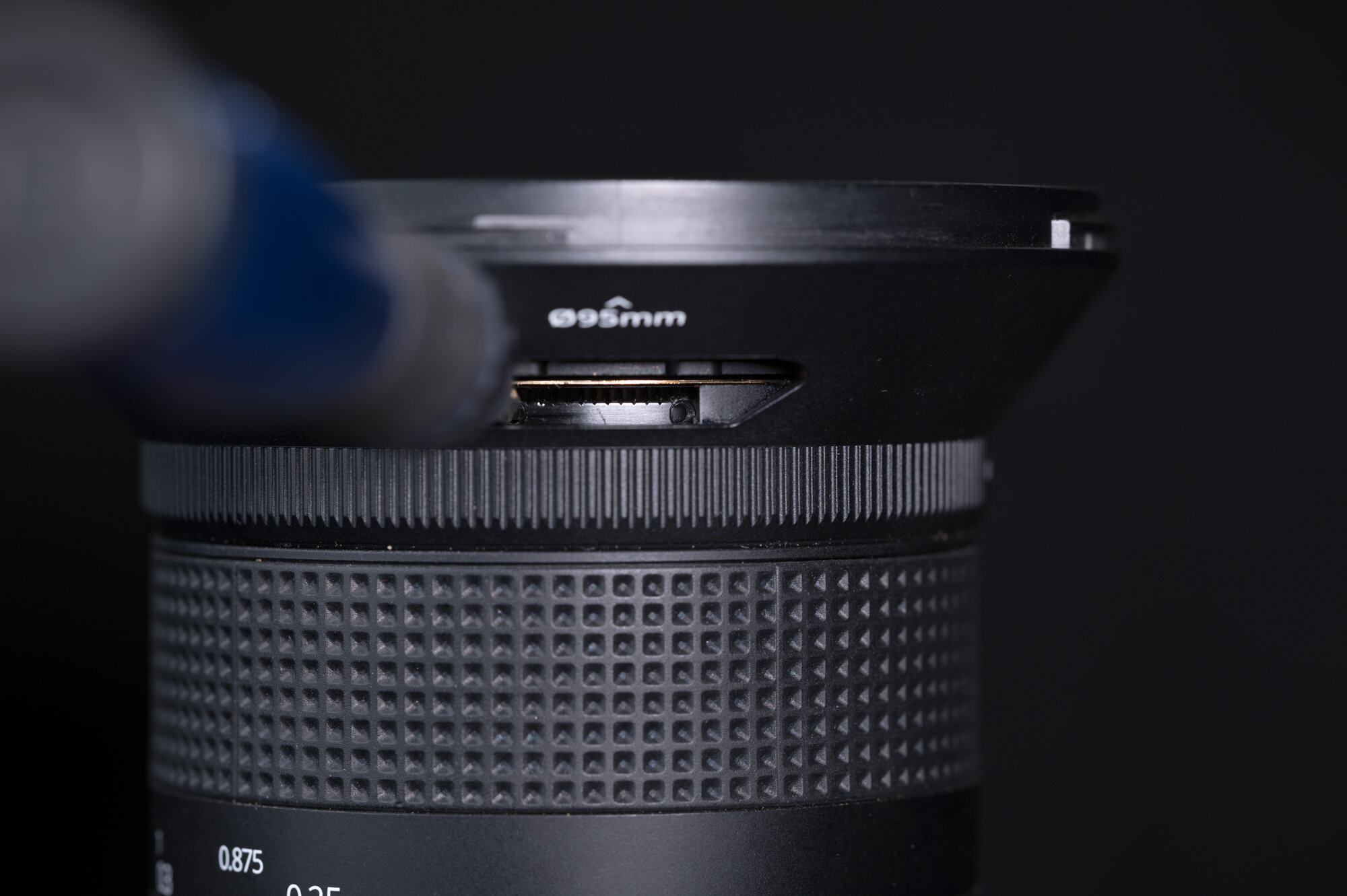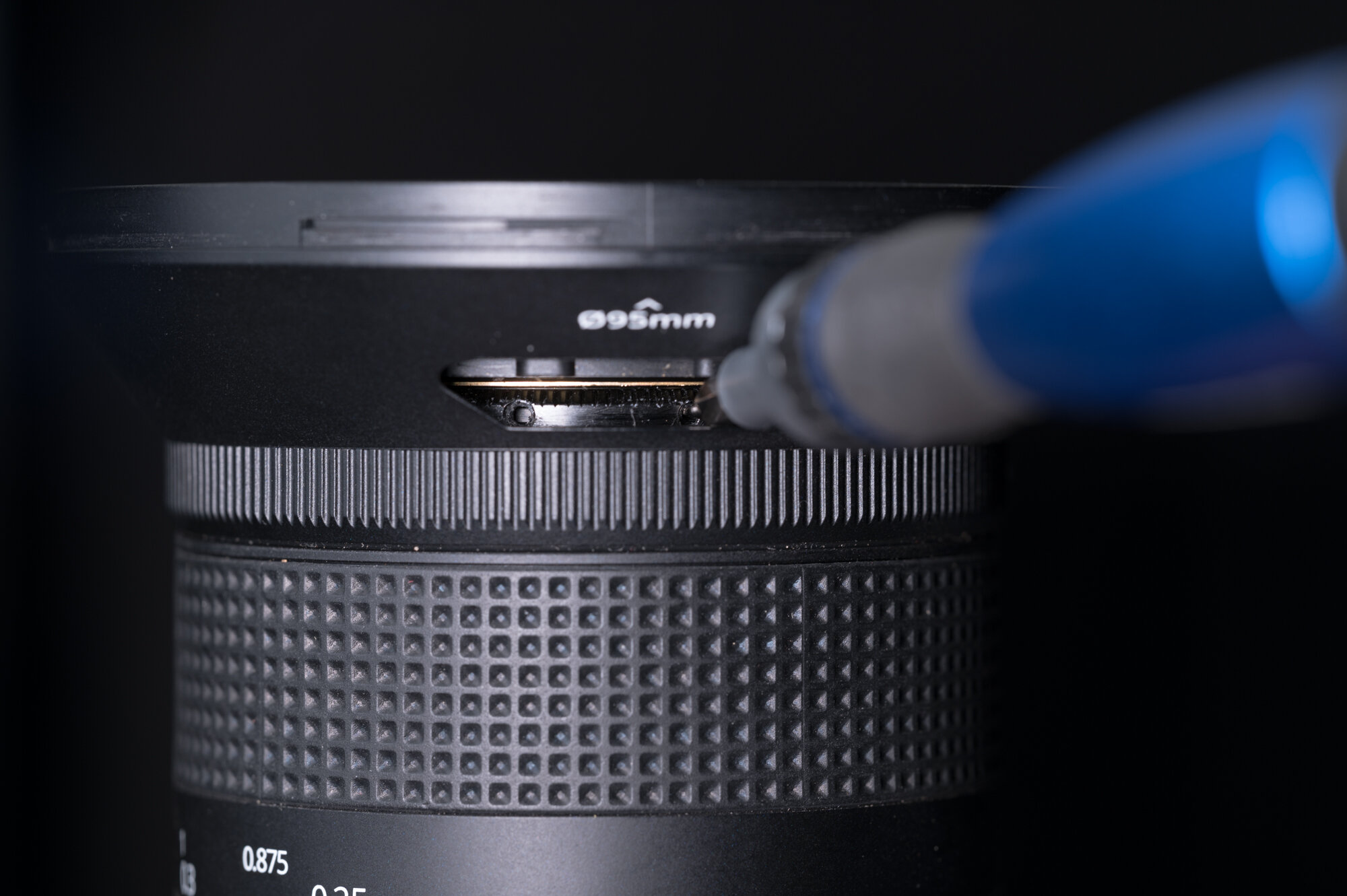Since the moment they were created and released, we have been quite partial to the Luxli Fiddle and Viola LED light panels, for both light painting and Low-Level Lighting. We feel that Luxli panels are the tools that offer the most precise control over added lighting for the type of night photography that we do.
However, until recently, that precision was mostly about the brightness and color temperature of the illumination. Photographers also need to be able to control light diffusion and spill. Originally Luxli provided a means for the former, in the form of diffusion screens that spread their already wide light sources even wider. Then last year Luxli introduced a grid attachment that narrowed the spread of the light from the Fiddle by about half and reduced the light intensity by about a third.
The Story
Fast forward to August 2023, and our 100th workshop celebration in New York City, which was attended by Josh Fischer from Luxli, as well as our good friend Jeff McCrum.
Josh is our primary contact at Luxli, and the person who goes to bat for us when we have feature requests or suggestions. It’s a tough job, as the kind of work we do with Luxli lights is quite different from what they were originally designed for, and the features that are important for us are not even on the radar of most people who buy them. (Not many videographers use the lights at 1 percent brightness, let alone .1 percent!)
Jeff is a New Jersey-based lighting designer for Fisher Dachs Associates, one of the world’s leading theater planning and design consultants. He’s also an avid night photographer. Most of us at National Parks at Night have known him for a long time––I first met Jeff the same day that I first met Matt at Sleepy Hollow Cemetery when I was leading a workshop there, years before the birth of NPAN.
Sloss Furnaces National Historic Landmark, Birmingham, Alabama. Lit with a flashlight raked across the rear wall from camera left, as well as by three Luxli Fiddle panels with grids. The one illuminating the wheel in the lower right corner has Jeff’s tighter grid. Nikon D780 with an Olympus Zuiko 24mm f/3.5 shift lens. 60 seconds, f/11, ISO 400.
At our celebration in New York, I was chatting with Jeff when Josh came over to say hello. We talked about the Fiddle, and how much we (NPAN) appreciated the new grid, but that we had some ideas about how to improve it. I explained that we often used Cinefoil or Blackwrap to try to further tighten the beam of light, but that it wasn’t easy to achieve the desired effect.
I asked Josh if Luxli would consider making a tighter grid that narrowed the light beam even more. Josh seemed receptive to the idea, and said he would share our suggestion with the engineers. Encouraged, I mentioned another issue we’ve experienced with the fiddle: the power switch being inadvertently activated in the camera bag, which not only leads to unexpected dead batteries but is also a potential safety issue due to heat buildup.
I didn’t give the conversation much further thought until I received a mysterious package in the mail from Jeff about 5 or 6 weeks later.
Upon opening the package, I was stunned to find a redesigned Luxli Fiddle grid that addressed exactly the issue I had spoken with Josh about! It was thicker, with a deeper honeycomb grid, meaning the light beam from the Fiddle would be narrower and dimmer, both of which would be useful to night photographers. Moreover, the back side of Jeff’s grid extended to cover the edges of the light, which is a culprit of light leakage in the original grid. In short, Jeff had reverse-engineered the Luxli grid, and changed it in such a way that it was now tailored specifically for us night shooters.
Figure 1.
Figure 2.
The above examples show the light intensity and beam size with (from left to right) the Fiddle alone, the Luxli grid and the Lanceli grid. Figure 1 shows the light pointed up, and Figure 2 shows the light directed straight ahead. (Settings were the same for all images to show the light reduction as well as light distribution.)
According to Jeff, the Fiddle by itself has a 102-degree light spread. The Luxli grid reduces the light output by 23 percent and limits the light spread to 58 degrees. His version, which I’m both embarrassed and humbled to say is named the Lanceli, reduces the light output by 39 percent and brings the beam down to 36 degrees.
The loss of light is not a problem—because we work in dark conditions, we often use these LED panels at 1 percent power or less. The net effect is that with Jeff’s custom-built solution, we now have much more precise control over where the light falls, making it easier to isolate added light to a localized area or a small object in the scene. It’s another tool in the toolbox, and I’m glad to have the option to use either or both of these grids as different needs arise. As both grids are pure black, they have no impact on the color of the light.
The Lanceli grid for the Luxli Fiddle.
The Lanceli grid was not the only thing in the package! I also found a small, strangely shaped piece of plastic that solves the problem of the Fiddle switch being inadvertently turned on in transit––the Luxli Switch Protector! This cleverly designed little gadget attaches securely and unobtrusively over the switch to ensure that it doesn’t get accidentally activated. Not only that, but it is made of glow-in-the-dark material, making it easy to find at the end of the night when you are packing up to go home.
If that wasn’t enough, Jeff also designed a grid system for the Luxli Viola, called the Hex Stack. Luxli does not make a grid for the Viola, so this is an entirely new product. As the name implies, the Hex Stack can be combined in multiples to further reduce the light spill by about 20 degrees per piece.
As with the Fiddle grid, the Hex Stack fully hides the edges of the light source by overlapping the outside of the fixture. Each piece added to the stack also decreases the intensity from the original output by about one stop. The Hex Stack is held solidly in place by sliding into a slot in the panel itself from either side.
Lit with three Luxli Fiddle panels with grids. The one illuminating the round tank end in the lower center has Jeff’s tighter grid. Nikon D780 with an Olympus Zuiko 24mm f/3.5 shift lens. 60 seconds, f/11, ISO 400.
Lit with two Luxli Fiddle panels. The one illuminating the wheel has Jeff’s tighter grid, and the one lighting the ground is unmodified. Nikon D780 with an Olympus Zuiko 24mm f/3.5 shift lens. 30 seconds, f/11, ISO 400.
Jeff was pretty nonchalant about the effort that he must have put into creating these tools, but they are incredibly well designed, durable and super-functional. Grids have been used to modify the light on studio strobes for decades, but creating one for an LED light unit that has over 100 individual emitters is a couple of orders of magnitude more complex. Each cell in the grid has to align precisely over an emitter in order to maximize both the effect and the output. All of these tools are made with a 3D printer using non-toxic PLA plastic.
Despite the name of the grid, Jeff didn’t make these tools for just my benefit. He’s sharing them with the night photography world! You can purchase the Lanceli (comes with a Fiddle Switch Protector) or the Hex Stack from Jeff’s website.
Much Ado About Lighting
Why is this a big deal, you might ask? Back in the day, when most light painting was done with a handheld flashlight––often one with a narrow, focused beam–– it was relatively easy to direct the light exactly where it was needed, even onto a small area in the scene. The challenge with flashlights is getting consistent, repeatable results, and not being able to see the cumulative effect of your lighting in real time. With Low-Level Lighting, using LED panels in fixed positions, both of those problems are solved, but the wider spread of the light beam makes it more difficult to get the light exactly where it’s needed, and nowhere else.
This image takes advantage of two Luxli grids to control the warm light in the background and the cool light in the middle ground, and the tighter focus of the Lanceli grids on the left and right sides of the gear and framework that make up the focal point of the image. Nikon D780 with a Nikon 24-120mm f/4G lens at 50mm. 2 minutes, f/7.1, ISO 800.
Honeycomb grids, snoots and barn doors are all light modifiers designed for that purpose. We are fortunate to have the Luxli-designed grid that narrows the light beam by about 50 percent, and now the Lanceli grid that reduces the beam width to about one-third of the original width. The Hex Stack for the Viola is the only grid available for that light, and the ability to stack multiple units makes it super versatile. I should note that it’s useful to have both versions of the Luxli grid, as well as at least two of the stackable Viola grids to meet the needs of the situation at hand.
It’s been exciting to observe and participate in the birth of a new style of lighting over the last few years, and truly exciting that Luxli and other companies have stepped up with groundbreaking products we can use, even if they were not designed specifically for night photographers. On top of that, we have thoughtful and creative people like Jeff working to make these tools even better.










